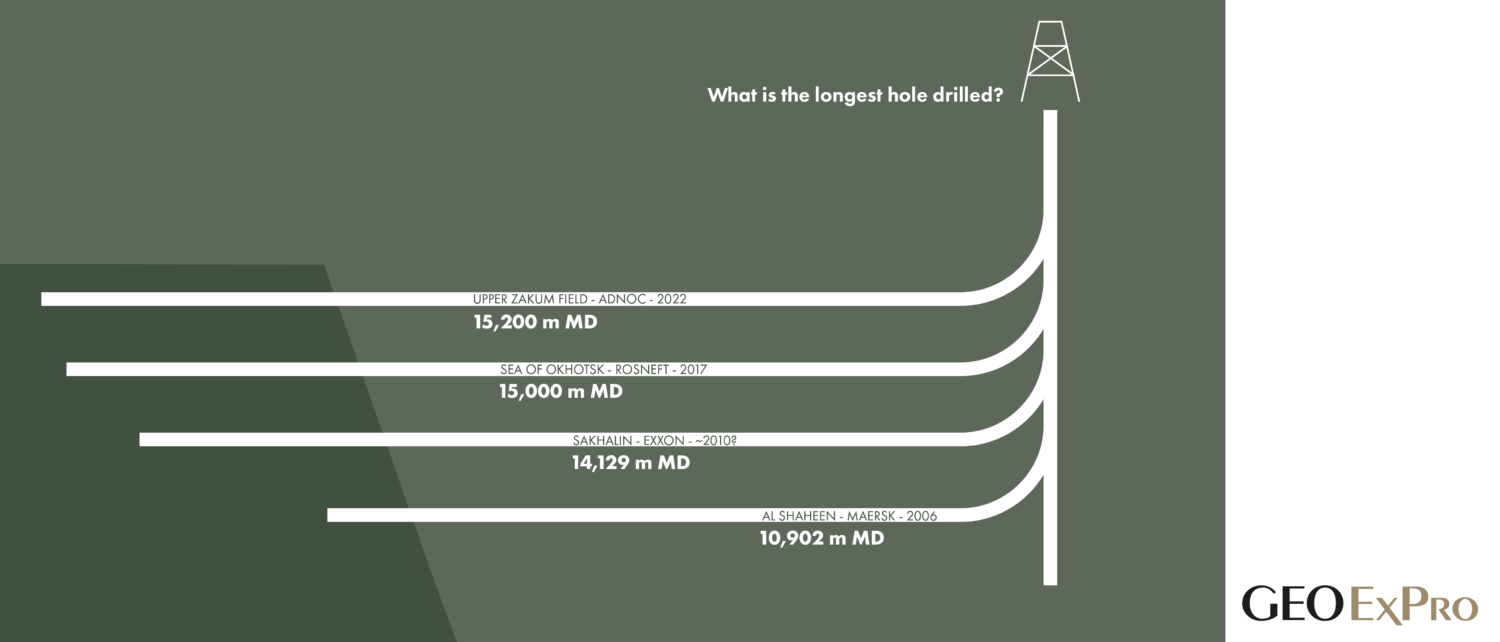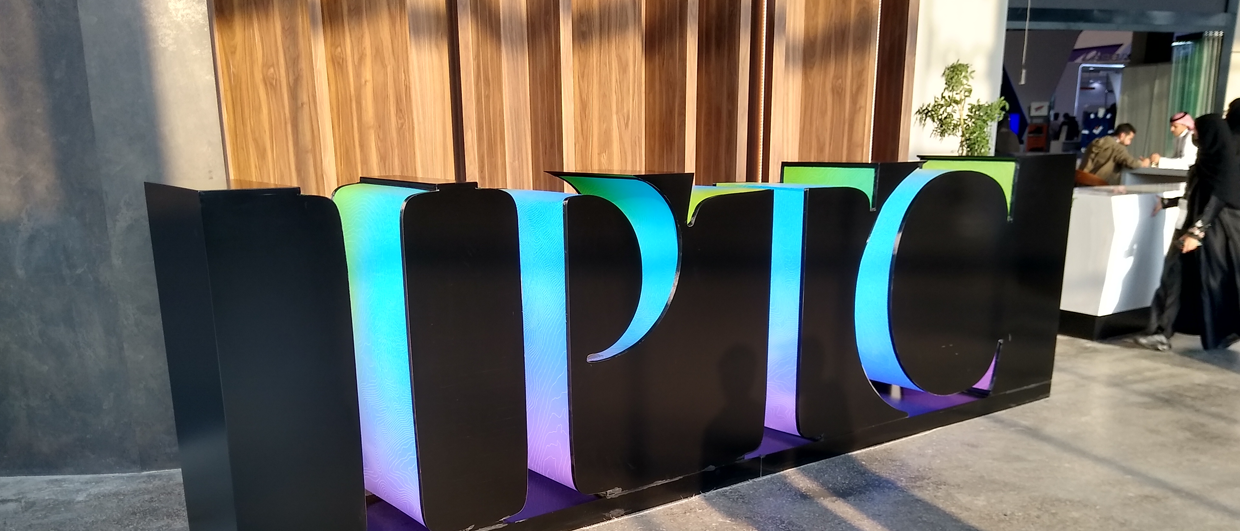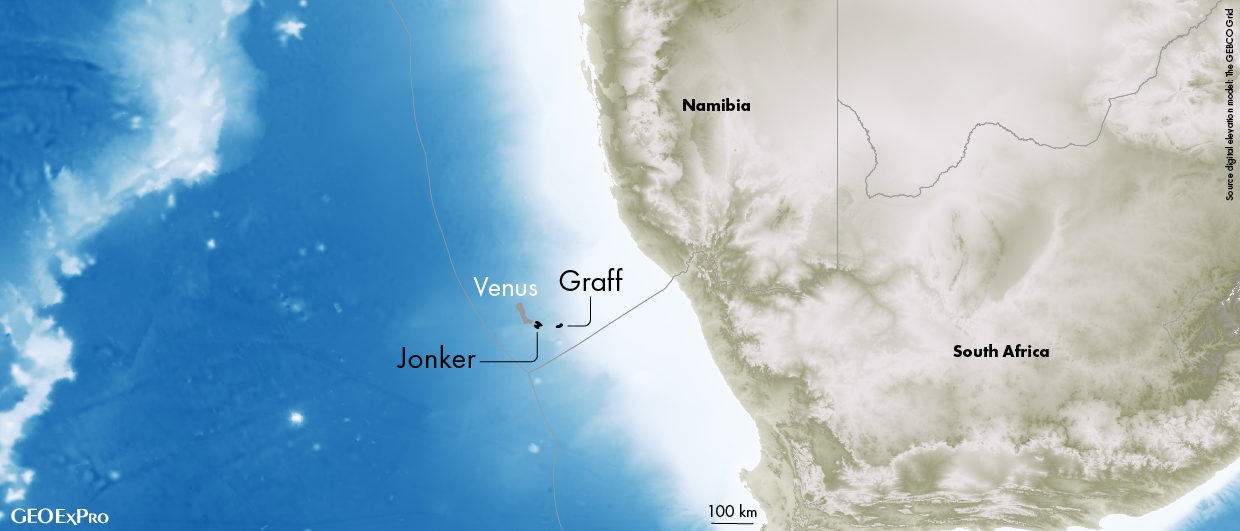Is a refrac worth the investment? That is what we investigated in an extensive study. A key piece of data in the study included a horizontal core adjacent to a parent well that was already frac’d. The 128 m core was drilled prior to the refrac to analyse the condition of the original hydraulic fractures. The parent well had been on production for nine years prior to this study and is 67 m away from the horizontal core.
Within the core, about 9% of the fractures contained proppant, indicating that at 67 m away from the parent well ~ 90% of hydraulic fractures were not effectively propped. Where proppant was observed, we saw evidence for proppant embedment. Embedment is where the rock closes back down around a grain of proppant reducing fracture permeability. This usually occurs during the pressure drawdown and can be a risk for more clay-rich or ductile reservoirs. Additionally, fracture intensity throughout the core tends to correspond with cluster spacing from the parent well, indicating that untapped
reservoir still exists between fracture swarms.

Dimples and rings of mud
Figure 1 shows the “dimples” that are left behind once the proppant is removed indicating proppant embedment has occurred. The featured image above shows hydraulic fractures that contain a ring of drilling mud around the edges of the core but lack any mud near the center of the core, indicating the fracture
is completely sealed in the subsurface as a result of pressure drawdown.
Lastly, the distribution of hydraulic fractures showed a relationship to the cluster spacing (15 m) of the parent well. Hydraulic fracture swarms occurred at fairly regular intervals with little to no hydraulic fractures between the swarms. This may indicate that reservoir was left behind between the swarms and may help with planning the cluster spacing of a refrac.
As such, the horizontal core proved to be a key piece of the dataset when making a decision on whether or not refracing a well could be economical. The core did indicate that reservoir was left behind between fracture swarms related to original cluster spacing and it indicated that many of the original hydraulic fractures are now closed either due to pressure drawdown or proppant embedment. The refractured parent well has now been online for nearly two years and has proved that we are able to access new reservoir with enhanced economic production.




